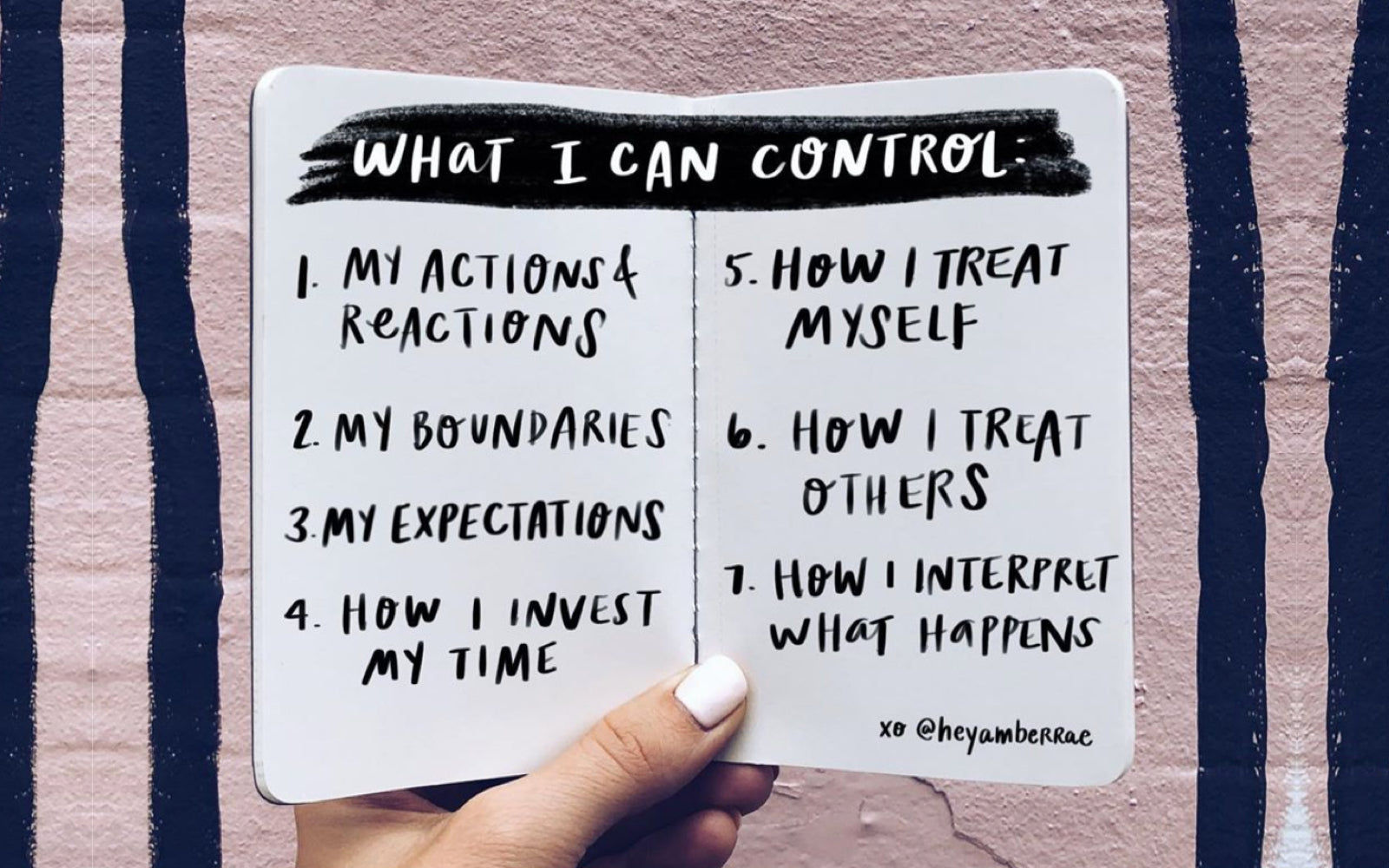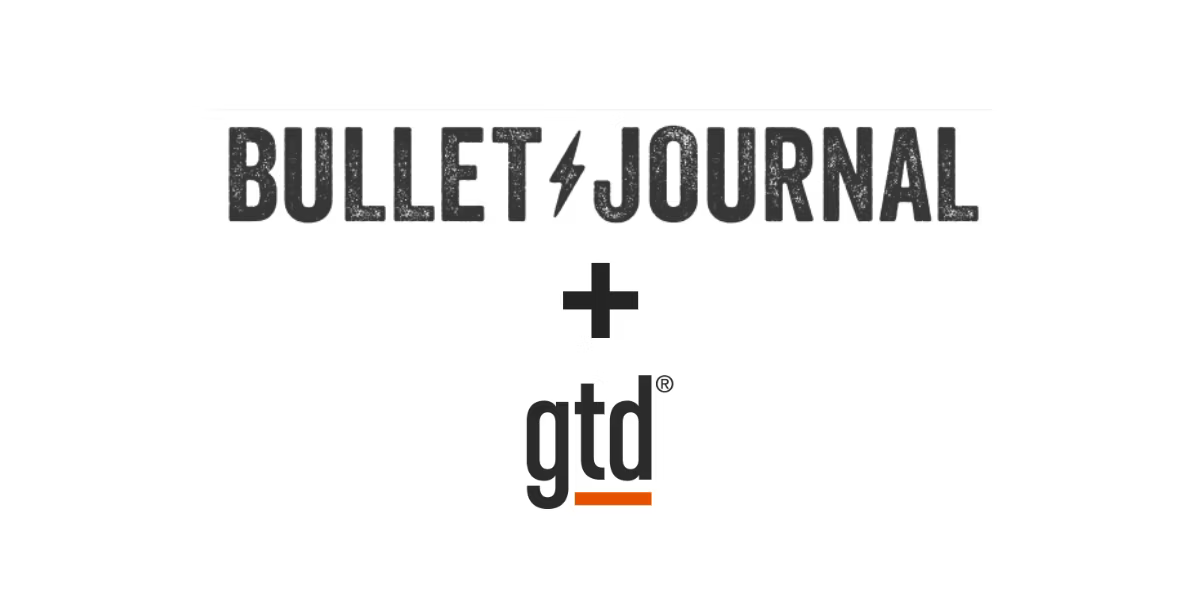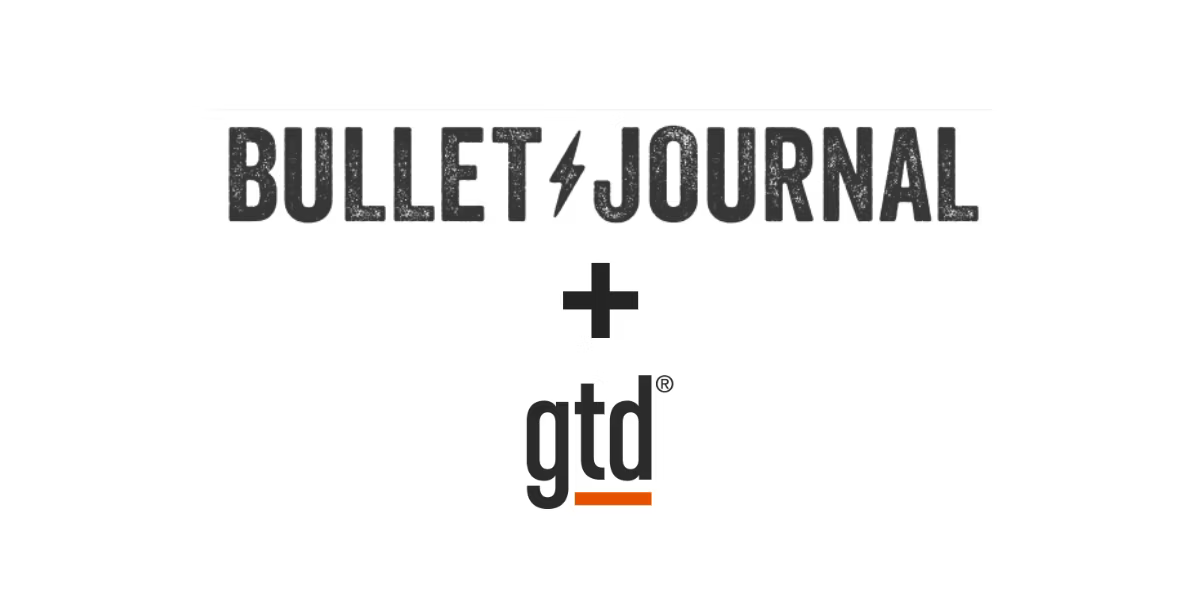When I first started piecing together what would become the Bullet Journal Method, it was primarily focused on helping me become more focused and productive. It wasn't until later that I realized that I was limiting myself. A big part of that limitation was my focus on what I was doing, rather than why I was doing it. Part of that transition involved becoming more aware of how I felt in relationship to what I was doing. Our feelings can be powerful indicators about what's working and what isn't.
I know of few who are as skillful at leveraging the power of journaling to engage with emotions as author, speaker, and artist Amber Rae. She has a way of framing challenging thoughts and emotions that is honest, relatable, and actionable. Amber was kind enough to answer some questions about her personal journaling practice for us.
______
RC: Journaling seems to play a critical role in your life. What is your earliest memory of journaling?
AR: I recently came across a journal from when I was a kid. It had a lock, the first page read “If you are reading this and you are not Amber, BEWARE” *lol* and the pages were filled with musings about boys, friends and my imaginary playmates. While the content of my journaling has certainly changed, I’ve been writing for as long as I can remember.
RC: What have you learned about yourself putting pen to paper?
AR: Pretty much everything. Putting pen to paper helps me reveal myself to myself. I often don’t know how I feel or what I think until I explore it in my journal. It’s helped me decipher between my various fear voices and the voice of wisdom and intuition within, which helps me make better decisions. I’m also very experimental and tend to learn through trial and error, so where the real learning and reflection happens is when I put pen to paper.
RC: A lot of the work you share online are illustrated mental-models / thought-diagrams drawn in journals. How does illustration figure into your journaling practice?
AR: My creative process involves uncovering and discovering my own inner truths and emotional ecosystem to first help myself, and then to help others. So everything I create comes from my own self-study and aha! moments. How illustration plays into my practice is that once I uncover a limiting story or challenging emotion, or get to a juicy realization, it unlocks a visual for me, and I’ll start scribbling it in the pages. That’s where most of the illustrations that I share online come from.
For example, I recently realized that I kept asking the question “Am I behind?” in my journal. After working through that limiting story, it inspired me to draw this:
Setting boundaries has been challenging for me at times too, and sketching this helped me think through the value system and steps to take:
Or when I noticed myself resisting discomfort and avoiding a difficult decision, it led me to sketch this:
RC: In your book Choose Wonder over Worry, you talk a lot about “journaling into wonder.” What is your definition of wonder?
AR: Wonder is curiosity in action. With wonder, we actively choose to approach life with a frame of curiosity and openness rather than worry, fear and judgement.
As it applies to journaling, I notice that when I feel fear about what may show up on the page while writing, wonder reminds me to play the role of the witness. I am not my thoughts and feelings, I am the observer of them. This helps me view whatever comes through me with curiosity, compassion, and a healthy dose of distance.
RC: Journaling can be brutally honest. When I journal, I can surface my failures and shortcomings. It’s something that many cite as a reason they don’t journal: to avoid confronting their lesser selves. What are your thoughts on this?
AR: An unexamined failure or shortcoming stays just that: an unexamined failure or shortcoming. An explored one has the chance to be addressed, resolved and rewritten. When we surface, name, and explore the challenging aspects of ourselves, we get to unpack what happened and choose how we respond moving forward. That, to me, is the gift and beauty of journaling.
RC: In your book, you introduce the concept of anthropomorphizing our emotions. “Meet doubt. Meet Shame.” A lot of times it’s hard to know who’s acting up. How can we use journaling to identify who’s banging down our door?
AR:I build characters around my challenging and empowering emotions. I name them, imagine what they look and sound like, and then journal with them to understand their unmet needs and deepest fears, so we can learn to work together.
Grace, for example, is my inner perfectionist. She has a British accent, short blonde hair, and is deathly terrified of vulnerability. She thinks that when I tell my story and reveal myself, people will judge me and I’ll experience a social death. Considering that my work is very much about vulnerability, this can make the creative process quite challenging (and hilarious, too!). When she shows up while I’m writing, for example, and says “Amber you can’t say or share that,” we’ll have a little chat in my journal. I’ll address Grace and ask her what she needs, and giving her a voice tends to tame the anxiety.
My recommendation for someone starting out with this would be to identify a recent challenging emotion, say fear or shame or sadness, and address it in your journal by saying: Hey <emotion>, it’s me. You’re safe and welcome here. What is it that you want me to know? And then free flow.
RC:Some of the two most challenging emotions we deal with are shame and grief. In your experience, how can journaling help us cope with challenging emotions?
AR: Journaling is my go-to tool when experiencing tricky feelings. Here’s how I process and unpack emotions:
- I feel…
- Because… x 5 (to really dig deep)
- I need…
- My next step is...
Here’s an example:
I feel… sad and disconnected.
Because… I’m annoyed at New York.
Because… it’s cold and dark here.
Because… I’ve been working long hours and not creating space for myself.
Because… I’m betraying myself for the hustle.
Because… I’m scared I’m not worthy if I’m not working and creating value for the world. <—BINGO!!! That’s the *real* issue. It usually takes me about five answers to get here, though I’ll keep digging until I get to that “oh damn” moment of realness.
I need… to remember that I’m already worthy and enough, and my self-worth is not linked to my productivity. I need and want to focus on doing whatfeels good, versus doingmore.
My next step is… to create space in my calendar for what feels good by removing anything unnecessary.
RC: What do we do with our emotional guests that overstay their welcome?
AR: Boundaries, boundaries, boundaries! I always say that if an emotion is knocking, it will get louder and louder until we open the door, but that doesn’t mean we need to invite them in for a sleepover. I’m a big fan of inviting my emotions in for tea and a journal session to hear them out, but then I get to choose when the conversation ends.
Like with Grace. Knowing she’s afraid of being vulnerable has me remind her that it’s safe to share our story, and it’s okay for people to judge. Sometimes she needs some hand holding. But if Grace is going on and on with her long list of fears and I have a writing deadline, that’s where boundaries come in. I’ll tell her “thank you for sharing, we’re safe to do this, and now I need you to trust me. I’ll let you know if I need anything else. Why don’t you go get a massage? *lol*.” And then I’ll get back to writing.
RC:What are you working on, and where can people find you?
AR:I’m launching the paperback edition ofChoose Wonder Over Worry on January 14, which can be preordered here. For any bullet journalers who preorder, if they email their receipt to hi(@)amberrae.com, I’ll send a list of my go-to journaling prompts for self-exploration and diving deep.
I’m also working on a journal and product line around navigating emotions, which will launch in 2020. (So excited!)
About the Author:
Amber Rae (@heyamberrae) is an author, artist and global voice for emotional wellness and mental health. She turns highly relatable insights on the human experience into viral art, sold-out venues and best-selling books. She’s the author of Choose Wonder Over Worry: Move Beyond Fear and Doubt to Unlock Your Full Potential, and her work has been featured in publications such as The New York Times, NY Mag, TODAY, SELF, Fortune, Forbes and Entrepreneur. Amber has collaborated with brands such as Kate Spade, Apple and One Medical, and reaches over 9MM people per month online with her words and art. She lives in Brooklyn—and around the world—with her husband, Farhad.









Leave a comment (all fields required)